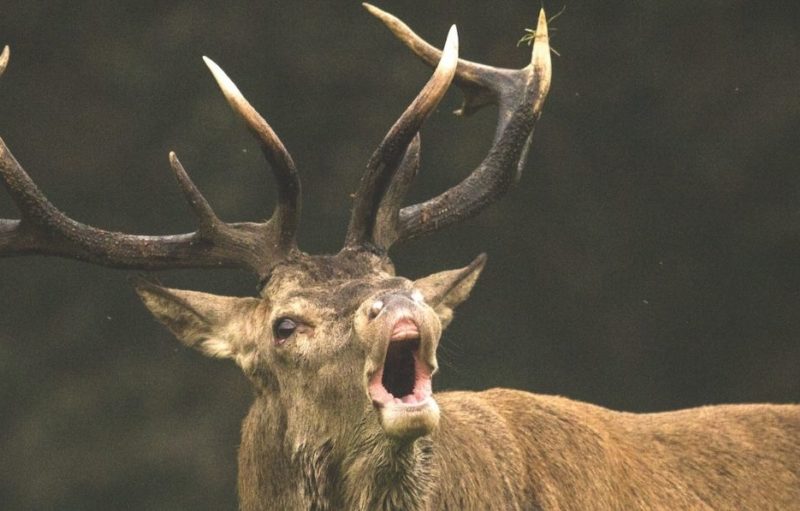PARK WATCH December 2020 |
Victoria’s new threatened species list should always declare risk of extinction in Victoria, explains Campaigner John Kotsiaris.
Although species and communities of flora and fauna can exist across state borders, Victorian legislation only has jurisdiction in Victoria.
At the same time, our national environmental laws are weak and under attack, so it is paramount that our state’s efforts reflect the conservation needs of species within our own borders.
As things currently stand, Victoria will soon have a new Threatened List (for background read previous article ‘It’s tool time’) that is to be divided into two sections, where species will be listed with either their Australian risk of extinction or with their Victorian risk of extinction.
Any Victorian threatened species that happen to also be listed as threatened under the national Environment Protection and Biodiversity Conservation Act 1999 (EPBC Act) will soon be listed only with their Australian risk of extinction under the Victorian Flora and Fauna Guarantee Act 1988 (FFG Act) – regardless of whether risk of extinction in Victoria is greater than risk of extinction in Australia.
Effectively, this means two FFG threatened species lists.
Potential problems with Victoria’s proposed split Australian/Victorian extinction risk Threatened List include:
1.
A risk of extinction in Victoria will not be provided for every threatened species on Victoria’s Threatened List. The declared risk of extinction of 255 species will be rigidly tied to the official Australian risk of extinction, regardless of whether risk of extinction in Victoria were to change.
2.
When a critical habitat determination is made for a critically endangered species, the FFG Act provides a trigger for a decision by the Victorian Environment Minister on whether or not to make a habitat conservation order for the critical habitat of the species. This trigger is compromised if the Threatened List does not include the Victorian risk of extinction for each listed threatened species. 106 species considered to be critically endangered in Victoria are to be listed with a lower Australian risk of extinction on Victoria’s Threatened List. VNPA has raised this issue with DELWP and it appears to be an unintentional outcome which may require an amendment to the legislation, and could be managed administratively for the time being.
3.
EPBC Act listed species will be listed on Victoria’s Threatened List with their Australian risk of extinction regardless of the age of the EPBC Act listing. As a result, 227 species will be listed on Victoria’s Threatened List with an older non-CAM assessed national risk of extinction, while the other 1801 threatened species will have a newer CAM assessed Victorian or national risk of extinction.
In order to have a single, functional and comprehensive list, Victoria’s FFG Act Threatened List should always state the risk of extinction in Victoria for each of our state’s listed threatened species. For species that also happen to be EPBC Act listed, the aim should be to include both the Australian and Victorian risk of extinction.
This is a simple solution which will mean that both the risk of losing species in our state and the risk of losing species in Australia can officially be considered in decision-making processes. Both are highly important considerations for threatened species conservation, and should be adequately reflected for each species on Victoria’s Threatened List.
Victoria only has the power to ‘guarantee’ protection of flora and fauna within our state. When implementing Victoria’s Flora and Fauna Guarantee Act, conservation in Victoria must remain the top priority.
More
Read previous article ‘It’s tool time’ for background on the new Threatened List and the amended Flora and Fauna Guarantee Act.
Did you like reading this article? Want to be kept up to date about this and other nature issues in Victoria? Subscribe to our email updates.
You can also receive our print magazine Park Watch four times a year by becoming a member. Find out more here.
